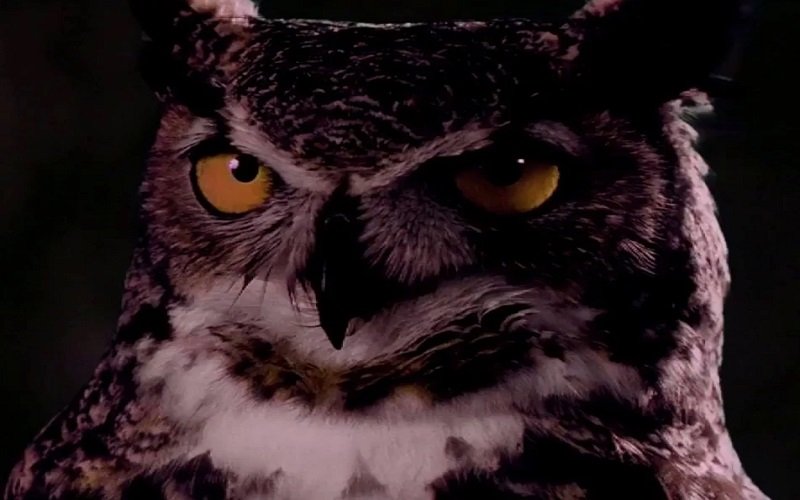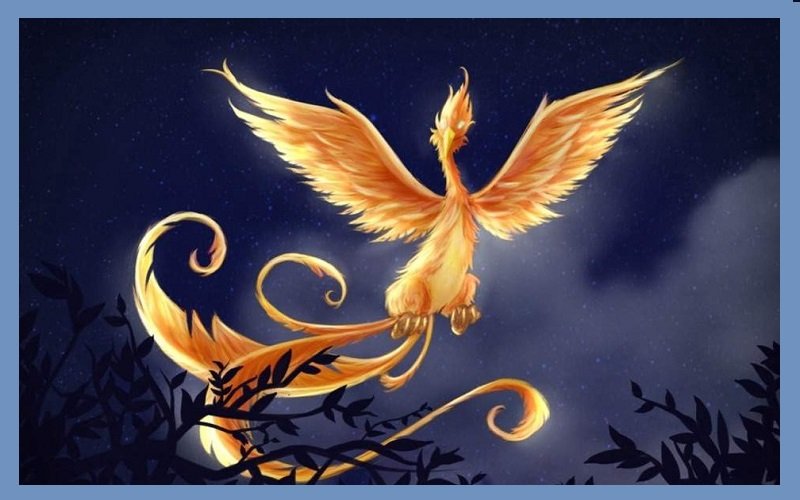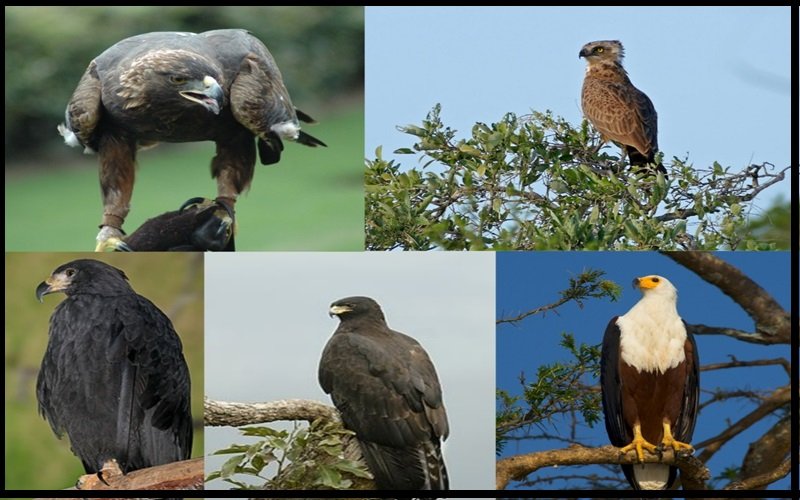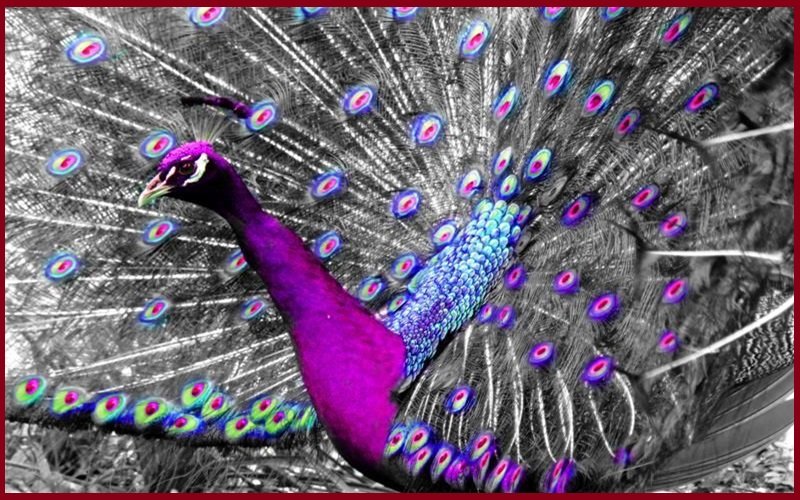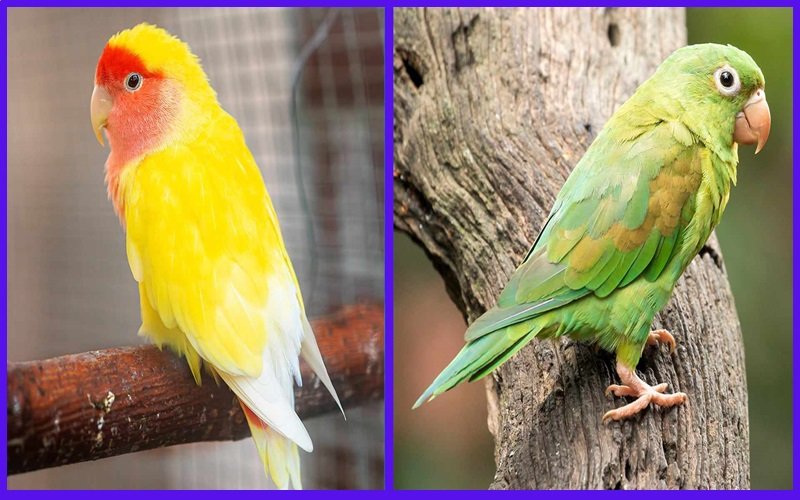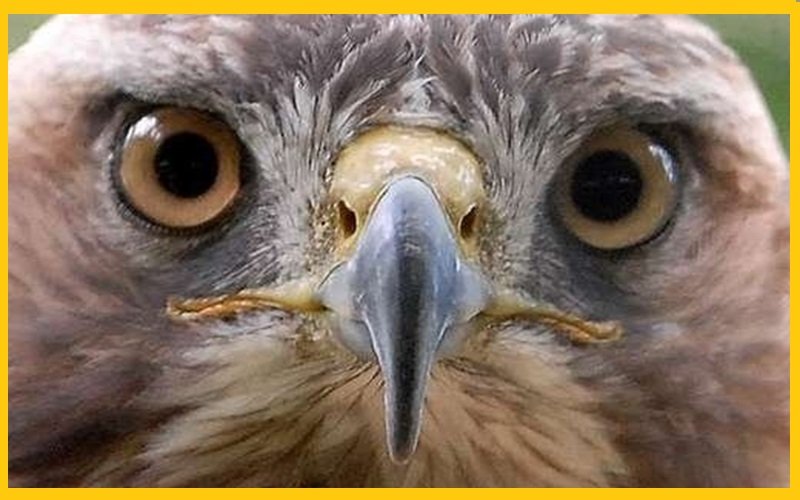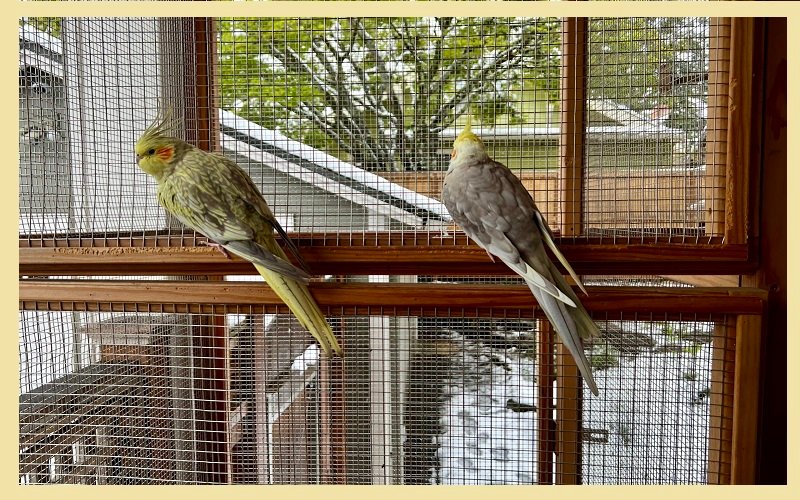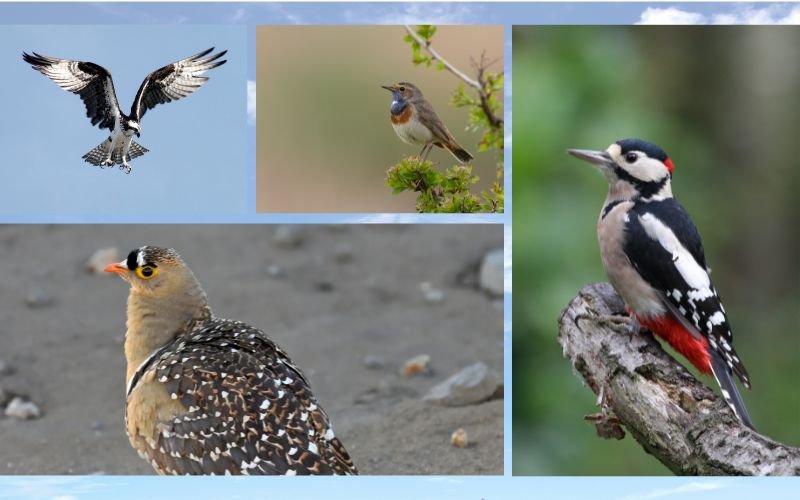Owls are considered one of the scariest and creepiest avian species on earth. However, their creepiness depends on multiple factors, such as their eyes, features, and characteristics.
Besides, owl species also hold superstitious cultural beliefs, making them more scary and creepy.
So, in this article, I will illustrate the concept of owls’ creepiness and various factors such as physical characteristics and superstitious cultural beliefs being their creepy and scary figures.
Later, I’ll discuss why people are afraid of owls and the scientific explanations for this creepy creature. So, let’s explore this nocturnal owl’s creepy nature.
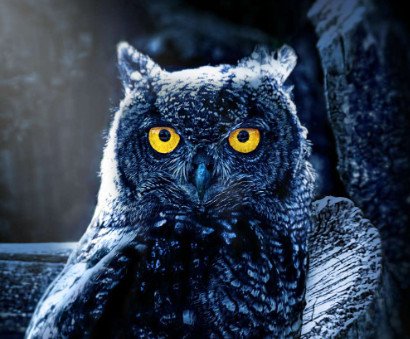
Physical Characteristics of Owls
At first glance, when you first see an owl, your mind will definitely observe their physical characteristics or outer appearance.
At that point, you notice their appearances and features, which you find creepy, and that creepiness makes you feel scary later on.
So, let’s find out what features in owls’ bodies make them creepy nocturnal species worldwide.
Large Eyes
Apparently, owls have really big, round eyes compared to other avian species. Their eye size actually helps them formulate more light capabilities even at night.
That is why these owls are nocturnal birds. They remain active at night because their eyesight contains more light and prominent visionaries at night.
The gaze of owls with their forward-facing eyes mainly provides them with binocular vision of their surroundings.
This vision assists owl species in detecting their prey even in the dark or at night. Different owls contain different irises, such as yellow, red, brown, orange, etc. The color of their eyes varies from species to species.
Creepy Head Rotating
Owls have excellent skills in rotating their head, even in the backside of their body. Owls’ eyes don’t move or their sockets don’t move like other avian species.
But they have a unique head-rotating behavior. They can even rotate their head up to 270° angles. Their behavior at night scares people, or they might find it creepier.
Especially at the time, their head-rotating movements are very scary and creepy to observe.
Facial Structure
Owls’ facial structures also make them creepy and unusual in front of humans. Owls’ facial structure contains a distinctive facial disk on their face.
This facial disk mainly consists of the features, and those features make a round shape around the face that almost creates a disk shape.
Their facial feathers also play a vital role in their auditory capabilities. Sound waves enter their ears through these facial features, nourishing their auditory skills.
Long-Sharp Talons
At the first observation, you will assume that owls have really short legs or feet. But if you closely observe them, you will be able to observe that they are only sitting on their leg by folding it which is ultimately covered by their body plumage.
That’s why they look like they have short legs. But on the contrary, they have really long legs with strong and powerful talons. Even when they are flying, their legs hang.
With these powerful talons, they can easily hunt by grabbing their prey. They can even run in grassland and desert areas to catch their prey.
That is why if you have seen their long legs or don’t know about them, their sudden movement of feet or talons might scare you or creep you out for the first time.
Silent Flight
Owls are really silent flyers. You’ll not be able to hear any sounds when they fly around you. They have the ability to do silent flights.
These characteristics might creep you out. Like Eagles and pigeons, other birds flap their wings and produce sounds around them when flying.
However, owls are comparatively different regarding this specialized silent flight ability. Their silent flight ability helps them grab their prey without making noises or any pre-alert signs to their prey.
Therefore, prey don’t know about their predators’ owls around them. Moreover, their silent flight is nature’s mystic charm, nourishing their nocturnal behavior and making them thrive in nature.
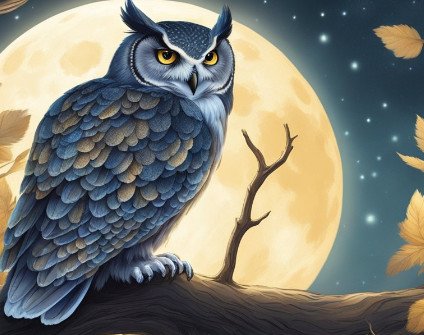
Cultural Beliefs and Superstitious
However, these nocturnal owls hold some cultural significance and superstitious beliefs around them. According to Greek mythology, these owls are connected with wisdom and knowledge because of their characteristics.
They are often portrayed as companions of the goddess Athena, who is also a symbol of wisdom and knowledge.
In American native folklore, owls are depicted as messengers of the spirit world who connect the physical worlds. As they are the birds of night, most native Americans believe that they are associated with the afterlife.
Similarly, in Japanese culture, they believe that owls symbolize good fortune and protection because of their mysterious appearance and wisdom.
They also believe that owls protect themselves against any evil entity in both the spiritual and physical worlds. On the contrary, in African culture, owls are associated with bad omens, black magic, and misfortune.
However, in Celtic folklore, owls are portrayed as the guidance angels of the underworld. They think that owls are the protected angels of the world that will give protection to this world.
Even in some ancient folklore, owls are considered soul snatchers or takers. Those people also believe that owls are disguised witches living on Earth.
Their nocturnal activities make their assumptions more essential. All these mythical and cultural superstitions make owls even creepier and scarier.
Why Are Some People Afraid of Owls?
People with Strigiformophobia (fear of owls) might have a phobia of owls. These people might have psychological problems with seeing or observing owls.
Even they might get scared by their large eyes and head-rotating behavior at a 270° angle. Therefore, some people might be scared by owls or develop psychological irrational fear of them.
However, normal people with no phobia regarding owls or birds might still creep out because of their nocturnal behaviors.
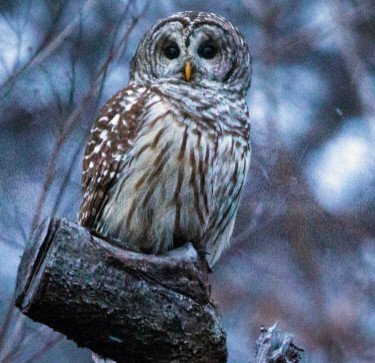
Scary Behavioral Traits of Owls
Owls have some peculiar nocturnal behavior that makes them scary and creepy for people. Let’s find out what these are.
Creepy Hooting Calls
As they are the birds of night and mostly active on nights, they have some nocturnal activities that make the atmosphere even scarier in the wild.
Owls’ hooting calls are one of the nocturnal behaviors that you might hear at night. However, their hooting calls sometimes create creepy feelings in the deep forest areas.
These slow, deep hooting sounds mainly establish their territory boundaries in the wild. They sometimes make hissing sounds similar to snakes, which can also mislead you about the real identity of those sounds.
Mostly, they make these sounds if they feel threatened or unsafe around the environment. Additionally, sometimes, they even produce anonymous screaming sounds to intimate their intruders or predators.
All these different sounds or vocalizations make nature more mysterious along with their superstitious cultural symbolism and beliefs.
Hunting Skills
Owls are birds of prey with excellent hunting skills. They are mostly known for their hunting skills at night when their excellent night vision assists them in detecting their surroundings silently.
They also detect their prey with their silent flight behavior in the environments and attack them. For example, barn owls target their prey at first and then dive to the ground to catch it. Sometimes, they even spread their talons widely while attacking the prey.
Similarly, Great horned owls use camouflage to help them hunt at night and roost during the day.
They contain natural color plumage, so they can easily camouflage themselves within their surroundings.
Snowy Owls can locate their prey even under heavy, snowy areas and find them with their specialized vision. All these nocturnal behaviors make them creepy and scary for some people to observe.
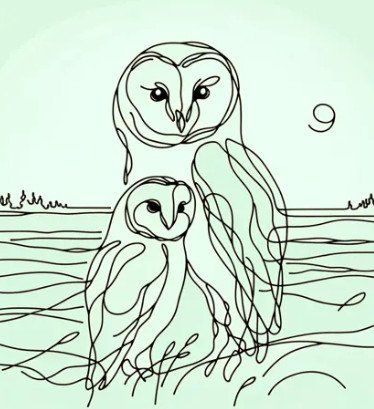
Scientific Explanations
So far, we have discussed the overview of owls’ behavior as scary or creepy creatures on Earth. Now, let’s see what biological factors make these avian species creepy.
Transformative Growth
These owls’ transformative growth over decades plays a role in their creepiness. As birds of prey, their shaped beaks, night vision, large eyes, and powerful long legs or talons are some of the reasons for their creepy and scary figures.
These owls’ evolutionary elements might scare people. Additionally, their camouflage techniques, which they have been using to save themselves from any intruders or predators around nature, are also one of the reasons that sometimes creep people out.
Due to their camouflage skills, people might be unable to find them. Later, a sudden spot might scare people a little bit. Nonetheless, their freaky head turns or head rotations are another reason people get scared around them.
Predatory Skills
Another one is their predatory skills which make them more scary and creepy. Their hunting styles, grabbing their prey with their strongest talons and tearing their prey’s flesh into pieces, sometimes make people uneasy around them.
Even their silent flight skills, diving skills, and camouflage techniques for hunting their prey might be unpleasant activities for some people to observe.
Additionally, their sudden legs spread sometimes creeps people out if they do not know their legs’ length.
Similarly, their head-turning behavior also gives people scary and creepy feelings. All these behaviors make them creepy nocturnal creatures around the world.
Final Thought
Considering all these points, owls are creepy and scary creatures due to their physical characteristics, superstitious cultural beliefs, and norms.
Some people even have some psychological phobias about owls’ presence, which can make them even more uneasy.
However, scientists discovered that their nocturnal behavior, activities, and hunting techniques might evoke unpleasant feelings in some people, making these species creepy and scary.
In whatever way, owls’ behavior and characteristics help them to thrive in the wild, being a nocturnal species.

